Last week, we covered wood appliance manufacturers’ steps to meet the upcoming new EPA standards for non-catalytic and catalytic models. If mentioning non-catalytic technology has raised some questions, the remaining of this post is for you. We will cover details on new non-catalytic wood stoves’ mechanics, installation, and operation for a better understanding of this type of appliance.
What is the difference between non-catalytic wood stoves and older models?
Non-catalytic wood stoves are equipped with a secondary combustion zone which boosts the usual combustion process. The smoke is burned off before exiting through the flue, making the appliances clean and efficient.
The importance of a proper installation
A professional installation is just as important as a smooth operation. If a non-catalytic wood stove is improperly installed, the appliance will be optimized for clean combustion and the draft of the stove will be adversely affected. Without a proper draft, the potential high efficiency of the stove is greatly diminished. More importantly, a house fire could be the result of faulty installation.
It’s always important to check with local authorities to learn about how building codes and permits affect non-catalytic wood stove installation. In addition, check with your home insurance company to be sure the appliance is covered; professional installation is probably required for the appliance to be insured.
Additional reasons to use the work of an expert to perform this task:
- A trained and certified woodstove installer will make sure seals are tight, that the stove is able to draft properly, and that all safety measures are taken into consideration upon installation.
- The installer may recommend installing a flue liner in the chimney in order to meet the manufacturer’s instructions regarding flue diameter, ensure proper draft, and to prevent icing, which causes chimney obstruction. In addition, if the flue is not the correct size for the stove, the result could be that smoke leaks back into your home.
Tips on how you can optimize the use of your wood stove
To get the maximum benefit out of your non-catalytic wood stove, follow the manufacturer-recommended operation instructions, particularly with regards to the use of air control and log placement.
Additional aspects to think about:
- Burn only seasoned firewood, not green or fresh-cut wood.
- Burn moderate to full loads of firewood; use split logs or small pieces of firewood as opposed to larger logs.
- Quickly start out with a hot fire because high temperatures are necessary in order to achieve secondary combustion.
- Minimize door openings, to maintain high temperature in the stove. That is the best way to increase the efficiency.
- When the ember bed of the fire burns down to a depth of about 3 to 4 inches, reload the stove. De-ash the charcoal bed by stirring it, but do not compress it or break up the charcoals. That way, the new fuel will be ignited more quickly and temperatures will remain high.
- If convection fans are included with your non-catalytic wood stove, use them according to instructions. Take note that some manufacturers suggest that the fans be turned when the stove is cool. They also recommend setting fans on low when you are burning small fires.
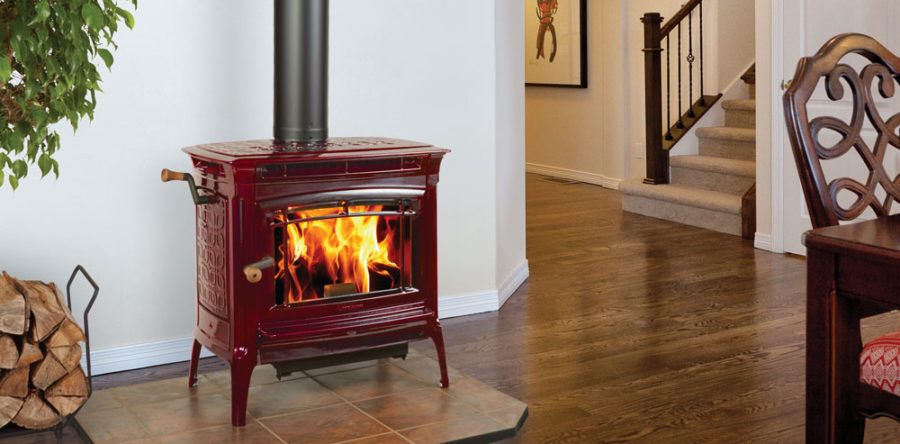

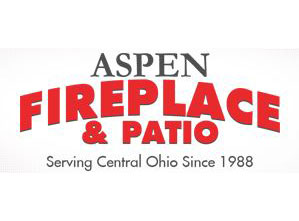

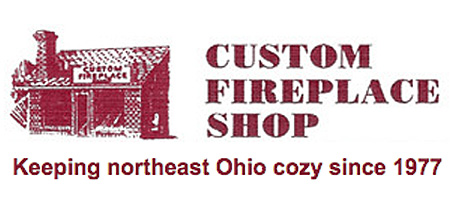
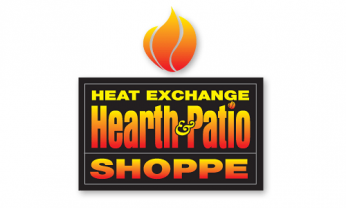


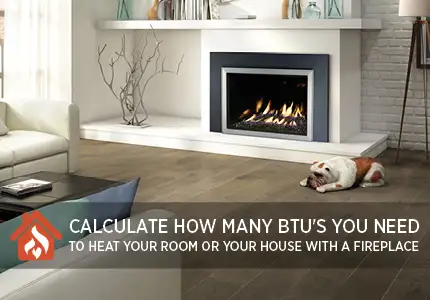

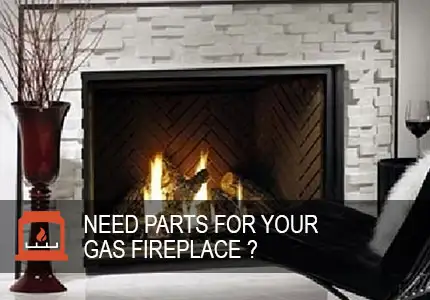
4 Responses